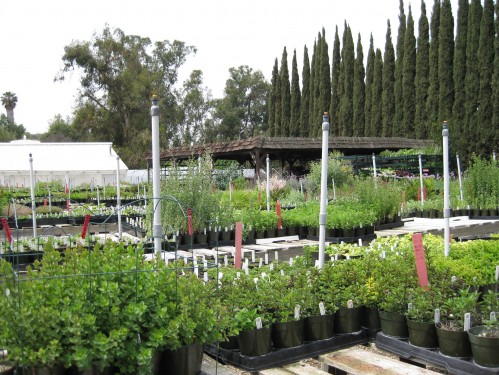 I want to share with you some of the exceptional places that I come across from time to time. These places are gems and not to be missed if you are in the area, or they could even be a destination. Most have a “garden thread” to them. “Places To Know” can be retail, restaurants, nurseries, and other. Whatever the place, expect the unusual.
I want to share with you some of the exceptional places that I come across from time to time. These places are gems and not to be missed if you are in the area, or they could even be a destination. Most have a “garden thread” to them. “Places To Know” can be retail, restaurants, nurseries, and other. Whatever the place, expect the unusual.
Can't find Chocolate Mint, Dark Opal Basil, or Cat Mint at your local nursery. You can find them all at Pearson's Gardens, along with about 800 other herbs. Pearson's Gardens is a specialty nursery who grow potted herbs, potted heirloom vegetables, scented geraniums, unusual edibles, and ethnobotanical herbs. (Ethnobotanical, is an adjective describing the scientific study of traditional knowledge and customs of a people relating to their use of plants for medical, religious, and other uses.)
Tucked away in the hills of Vista, this nursery is a treat to visit. All of Pearson's Gardens plants are naturally grown in rich organic soil, and plain ol' Southern California sun. No chemicals or pesticides are used here. If you are not in the vicinity their herbs may be purchased online, too.
Whether you are new to incorporating herbs into your life, or a veteran in gardening and cooking with them, Pearson's Gardens will still surprise you at their vast selection and "herb niche" they have created. Thank you, Cindy and Mark, always kind and gracious when visiting them on site, were happy to respond to my e-mail interview questions about their business below. Pearson's Gardens, 1150 Beverly Drive, Vista, CA 92084. (tel) (760) 726-0717, Monday through Friday, 9am - 4pm.
1) How did you and Mark get started in the herb nursery business? Was it a hobby that blossomed? Your intention all along to grow herbs? Why herbs in particular?
We began growing herbs out of personal interest and as a sideline to our indoor & exotic plant business. Personally, I didn't think it would ever amount to much because herbs had such low regard in the gardening community. However, with better cultivation techniques herbs broke into the mainstream of both culinary and garden circles. As public demand grew, our herb selection grew from about 50 common varieties to over 800!
Why herbs? Both Mark and I are lifelong health nuts. We have always sought out natural, healthy, homegrown foodstuffs. Herbs were a pursuit waiting to happen....
2) With the popularity today of growing your own edibles, has this trend affected your business in any way?
The recent explosion of interest in growing edibles has encouraged us to expand our offerings to include a significant selection of gourmet vegetables, heirloom tomatoes, and more truly unusual edibles from around the world.
3) Is there anything that you would like to say about herbs, (growing, cooking, in the garden), that people might not know about? You can be general or specific.
In the realm of herbs exists the story of history itself. Herbs have been carried in ships by early explorers, by wind and birds, and in pockets of immigrants seeking a new homeland. In their travels they bring part of the culture from the place the journey began.
4) I think I heard you speak of culinary chefs seeking you out for certain harder to find herbs. Please name some of them, and what they might be used for.
Yerba Santa/Hoja Santa Piper sanctum is used in Mexican and Central American cuisine as a flavor infusing wrap, as well as to flavor sauces and entrees.
Mentuccia/ Nepitella Calamintha nepeta, native to Tuscany, might be thought of as a minty oregano flavor that is paired inseparably with mushrooms.
5) Who are your customers, local and online? Do you have specialty clients for certain herbs?
Since we grow an extensive selection of international culinary and ethnobotanical herbs, people from very continent walk through out gate!
6) You sell over 70 lavender varieties. Which is your favorite and why?
It's hard to narrow it down to just one. We favor Sweet Lavender for its year-round color. For fragrance and culinary use, it's a tie between Provence and Grosso.
7) If someone was new to growing herbs, and wanted to start using culinary herbs, what are your top ten basic recommendations?
The short answer is - the ones you use!
1. Basil 2. Parsley 3. Sage, Berggarten or Sage of Bath 4. Chives 5. Mint, Kentucky Colonel 6. Oregano, Greek 7. Rosemary 8. Tarragon, French 9. Dill 10. Cilantro
You are now growing heirloom vegetables and tomatoes besides herbs. Is this one of your new directions? Are there other directions you are going?
We are definitely continuing to expand our offerings of vegetables, tomatoes, as well as international and exotic edibles.
9) Are there any trends with selling herbs that you have noticed?
We are seeing more men, as well as young adults with a new found interest in herbs and edible gardening
10) Is there anything you would like to add, or mention? There is an exciting trend of edible landscaping and co-mingling herbs and vegetables within ornamental gardens. In doing so, gardeners should always remember to use food-safe products and practices.
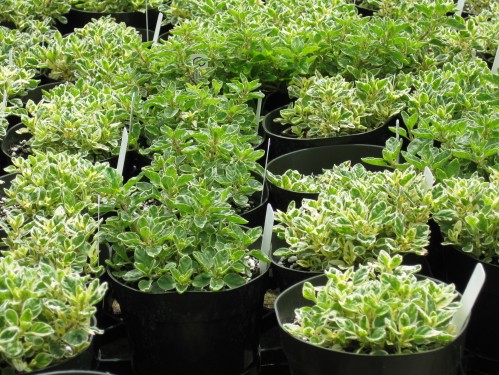
Please comment if you use herbs in your life now. Please share which herbs are your favorites.

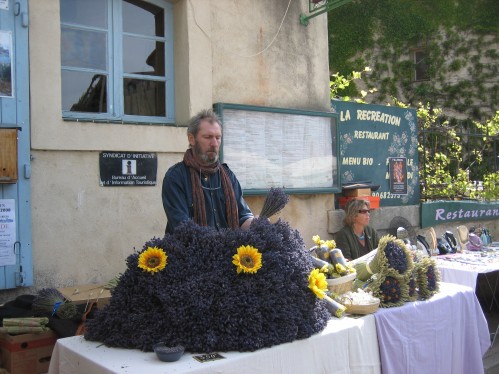
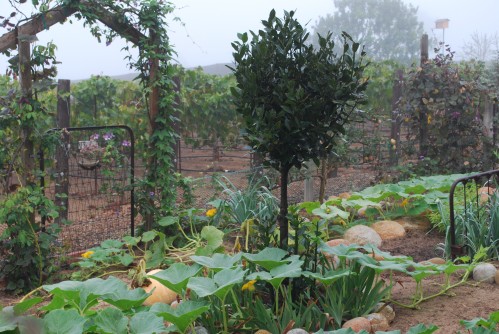
 There is nothing boring about Borage, Borago officinalis. It is the epitome of why herbs are so great, and how you can enjoy them in your garden as well as their many versatile uses.
There is nothing boring about Borage, Borago officinalis. It is the epitome of why herbs are so great, and how you can enjoy them in your garden as well as their many versatile uses.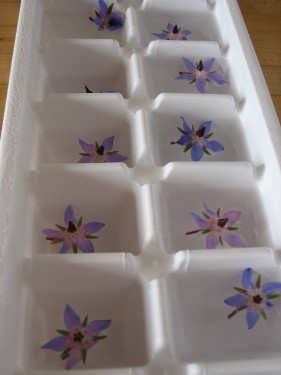
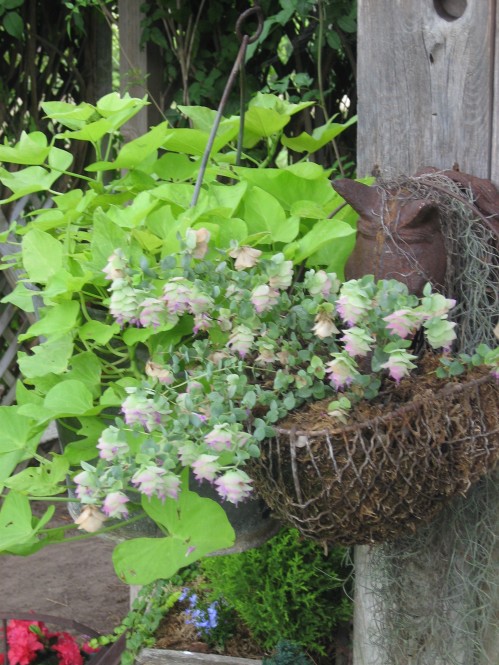 If you are a gardener, chances are you like to grow herbs, too. One of the most beautiful herbs I have ever grown is the ornamental oregano, Kent Beauty, Origanum rotundifolium. While most oregano varieties are grown for their culinary use, Kent Beauty and a few other ornamental oregano varieties are not, and in fact, have no taste at all. Ornamental oregano are best used for their beauty in gardens, borders, and especially containers.
If you are a gardener, chances are you like to grow herbs, too. One of the most beautiful herbs I have ever grown is the ornamental oregano, Kent Beauty, Origanum rotundifolium. While most oregano varieties are grown for their culinary use, Kent Beauty and a few other ornamental oregano varieties are not, and in fact, have no taste at all. Ornamental oregano are best used for their beauty in gardens, borders, and especially containers.